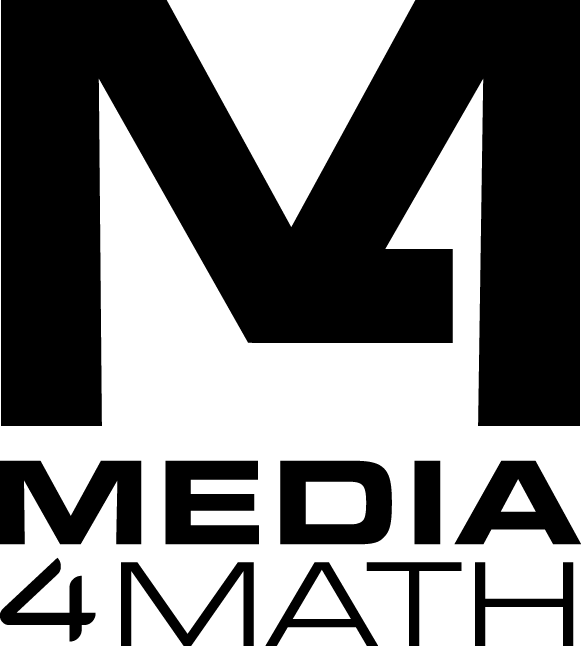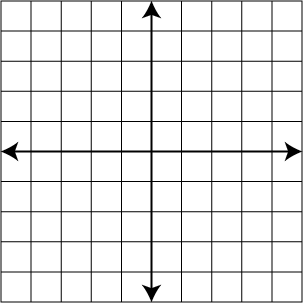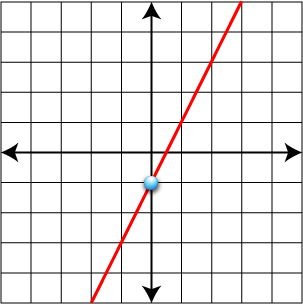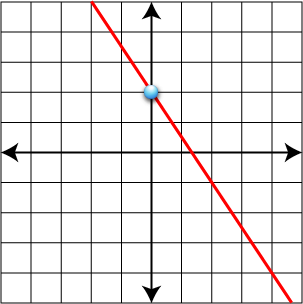 Lesson Plan: Introduction to Linear Functions
Lesson Plan: Introduction to Linear Functions
Lesson Objectives
- Define linear functions
- Identify linear functions from equations and graphs
- Understand the concept of slope
Florida BEST Standards
- MA.912.F.1.1: Classify functions as linear, quadratic, cubic, exponential, logarithmic, rational, or absolute value.
- MA.912.F.1.2: Determine key features of function graphs including extrema, end behavior, intercepts, domain, and range.
- MA.912.F.1.3: Calculate and interpret average rate of change in various representations.
- MA.912.F.1.8: Determine the best function model for a real-world situation.
- MA.912.F.2.1: Identify effects of transformations on function graphs.
- MA.912.AR.2.1: Write and solve one-variable linear equations in context.
- MA.912.AR.2.3: Write linear two-variable equations from various representations.
- MA.912.AR.2.4: Graph linear functions and determine key features.
Prerequisite Skills
- Basic algebraic operations
- Plotting points on the Cartesian coordinate plane
Key Vocabulary
- Linear function
- Slope
- Y-intercept
- Constant rate of change
Warm-up Activity (10 minutes)
Introduce the concept of linear functions by showing real-life examples. Use this slide show:
https://www.media4math.com/library/slideshow/applications-linear-equations
Or, use one of these these slide shows, which show a more detailed explanation of these real-world applications of linear functions.
- Cricket chirps vs. Temperature: https://www.media4math.com/library/slideshow/application-linear-functions-cricket-chirps
- Cost vs. time for renting equipment: https://www.media4math.com/library/slideshow/application-linear-functions-cost-vs-time
- Distance vs. time: https://www.media4math.com/library/slideshow/application-linear-functions-distance-vs-time
Teach (25 minutes)
Definitions
Define linear functions as relationships where the rate of change between variables is constant. Review these definitions:
- Linear Function: https://www.media4math.com/library/22087/asset-preview
- Slope-intercept Form: https://www.media4math.com/library/42988/asset-preview
- Rate of Change: https://www.media4math.com/library/42989/asset-preview
- y-intercept: https://www.media4math.com/library/42996/asset-preview
If necessary, review the definition of slope with this video definition:
Examples
Use this slide show to review the properties of linear functions before showing examples of graphs of linear functions:
https://www.media4math.com/library/slideshow/graphs-linear-functions
Use this slide show to demonstrate examples of graphs of linear functions given the slope and y-intercept:
https://www.media4math.com/library/slideshow/math-examples-slope-intercept-form
Use this Desmos activity to explore graphs of linear functions in slope-intercept form:
https://www.media4math.com/library/40088/asset-preview
Here is a worksheet to accompany this activity:
https://www.media4math.com/library/40089/asset-preview
Review (5 minutes)
Use this drag-and-drop activity to review linear functions in slope-intercept form. Match the equation to the description:
https://www.media4math.com/library/4829/asset-preview
Assess (10 minutes)
Administer a 10-question quiz to assess understanding of linear functions, slope, and graphing.
Quiz
- Which equation represents a linear function?
a) y = 2x + 3
b) y = x²
c) y = 3ˣ
d) y = 1/x
- What is the slope of the line y = -4x + 7?
- Identify the y-intercept of the function f(x) = 3x - 5.
- Graph the linear function y = 2x - 1.

- Is the function y = √x linear? Explain why or why not.
- Find the slope of the line passing through points (2, 5) and (4, 9).
- Write the equation of a line with slope 3 and y-intercept -2.
- Determine if the following table represents a linear function:
x | 1 | 2 | 3 | 4
y | 3 | 5 | 7 | 9
- What is the slope of a horizontal line?
- Sketch a graph of a linear function with a negative slope and positive y-intercept.

Answer Key
- a
- -4
- -5

- No, because it is not in slope-intercept or standard form.
- 2
- y = 3x - 2
- Yes, the rate of change is constant (2)
- 0
- Check that student graph shows a downward sloping line crossing the positive y-axis. Here is an example:

![]() Purchase the lesson plan bundle. Click here.
Purchase the lesson plan bundle. Click here.